Intelligent Driving "Insurance": A Safety Net, Not a Lifeline
![]() 05/13 2025
05/13 2025
![]() 577
577
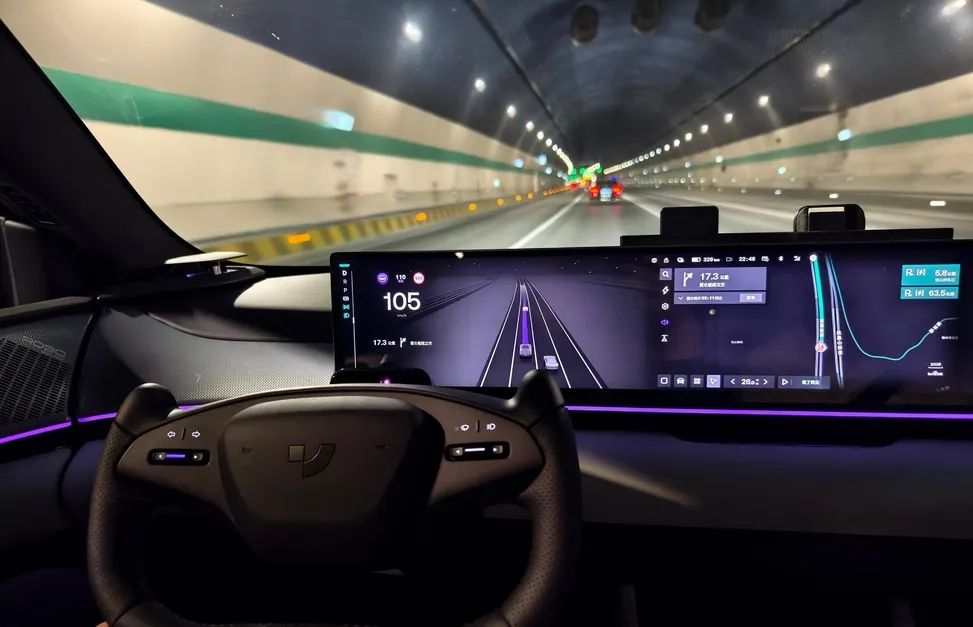
Introduction
Accidents are an occurrence no one welcomes.
On May 4, Xiaomi Auto garnered significant attention after renaming "intelligent driving" to "assisted driving." Prior to the Shanghai Auto Show's opening on April 23, several parties had already mandated that automakers refrain from using terms like "autonomous," "intelligent driving," or "advanced intelligent driving," instead recommending the use of neutral expressions such as "combined assisted driving."
Consequently, many newly launched cars at the auto show seemed cautious and restrained when describing and presenting "combined assisted driving." This shift isn't surprising, given the history of exaggerated marketing and numerous accidents attributed to "intelligent driving." The public now seeks clarity on system capabilities and safety measures.
Safety is paramount, and before this mandate, several automakers had introduced safeguards for their "intelligent driving" features, including products akin to "intelligent driving insurance." Prominent automakers like HarmonyOS Intelligent Drive, Xiaopeng, Xiaomi, and AITO have taken this approach.
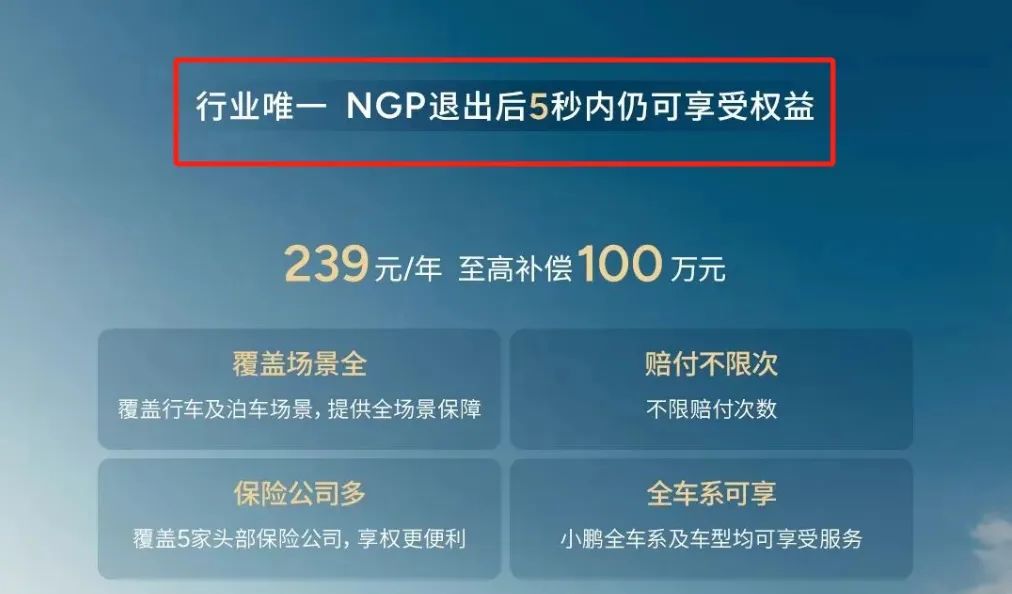
Among these, Xiaopeng Auto's "intelligent driving insurance" launched on April 28 stands out. This insurance covers all driving scenarios, offers unlimited compensation times, and extends benefits for five seconds after the NGP (Navigation Guided Pilot) exits. Notably, the five-second post-exit coverage is particularly significant.
These five seconds represent a crucial timeframe.
01 The Tension Between Drivers and Automakers
Reviewing past accidents involving "intelligent driving" reveals an intriguing yet contentious phenomenon. When such incidents occur, the relevant parties promptly announce key time points, meticulously documenting every crucial moment before and after the accident.
For instance, at a specific time, the vehicle is traveling at a certain speed; at another, the intelligent driving system is operational; then, suddenly, the system exits. While these announcements aim to reconstruct the accident's truth, they inadvertently expose the more complex underlying issues in intelligent driving accidents.
One critical piece of information is that in many automaker announcements, the intelligent driving system abruptly transitions from operational to non-operational. One second it's functioning smoothly, the next it exits, requiring manual takeover.
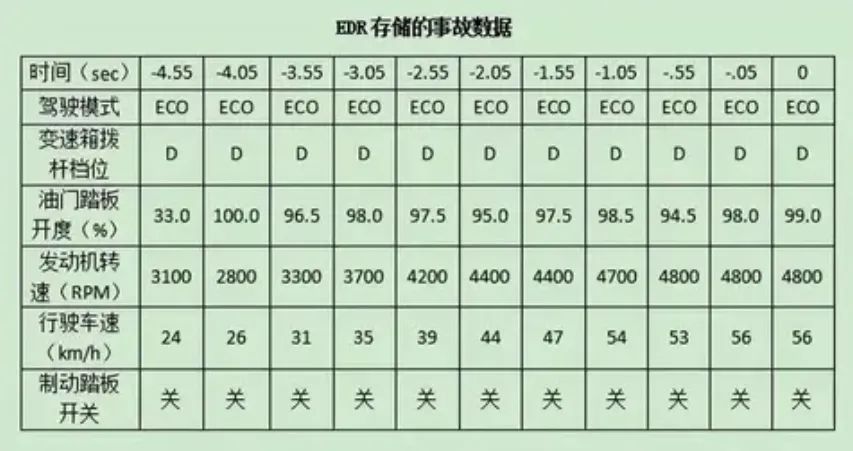
Accidents often strike during this manual takeover period.
This raises a pressing question: Whether the system exits due to technical failure, algorithmic judgment, or the driver's panic-induced manual takeover, the driver ultimately bears all responsibility, regardless of the system's status. This has been a significant point of contention between drivers and automakers in recent intelligent driving accidents.
Drivers choose vehicles with intelligent driving systems out of trust, seeking convenience and safety. However, when accidents occur, they find themselves solely responsible, leading to feelings of injustice and dissatisfaction.
Automakers, on the other hand, argue that they've disclosed relevant accident information as required and that the system exits under specific conditions, so the responsibility shouldn't fall on them. This contradiction remains unresolved, troubling accident parties and posing challenges to intelligent driving technology's advancement.
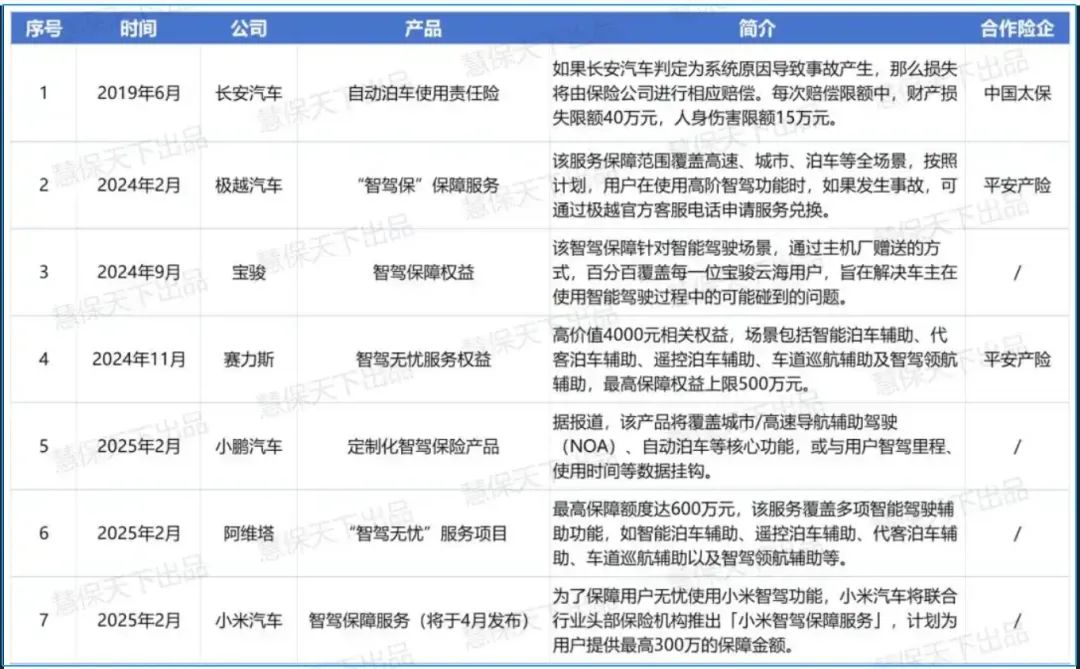
Reviewing the "intelligent driving insurance" offered by automakers like HarmonyOS Intelligent Drive, Xiaopeng, Xiaomi, and AITO reveals a focus on "accidents during intelligent assisted driving use." These insurances seem to supplement existing vehicle insurances and address liability division ambiguities in intelligent driving accidents.
However, if an accident occurs during manual takeover, these insurances become irrelevant. The insurers are insurance companies, not automakers, so automakers transfer risk and become "hidden insureds." The unequal relationship between drivers and automakers persists.
Xiaopeng Auto's new "intelligent driving insurance," with its "five-second post-NGP exit coverage," offers value. In these five seconds, though the system has exited, its influence continues within the protection scope, somewhat breaking the "no protection upon manual takeover" deadlock.
02 Insurance: A Safety Net, Not a Lifeline
Previously, manual takeover was like an "immunity gate" for automakers, shifting all risks to drivers. Xiaopeng's change signals a positive shift, where automakers acknowledge potential risks at system exit and seek a new balance between protecting drivers and mitigating their own risks.

However, the practical impact of these five seconds needs time to assess. Whether it becomes a robust shield for drivers or a marketing ploy remains to be seen. Yet, automakers must genuinely assume responsibilities commensurate with intelligent driving technology's development for consumers to fully benefit.
Introducing five-second benefits shouldn't diminish vigilance in using "combined assisted driving." Drivers mustn't assume "reckless behavior is permissible with this protection," as safety hazards persist.
While intelligent driving technology matures, it's far from replacing human drivers. Road conditions are complex, and uncontrollable factors like weather and other traffic participants can cause accidents. Overreliance on systems and failing to timely takeover can be hazardous.
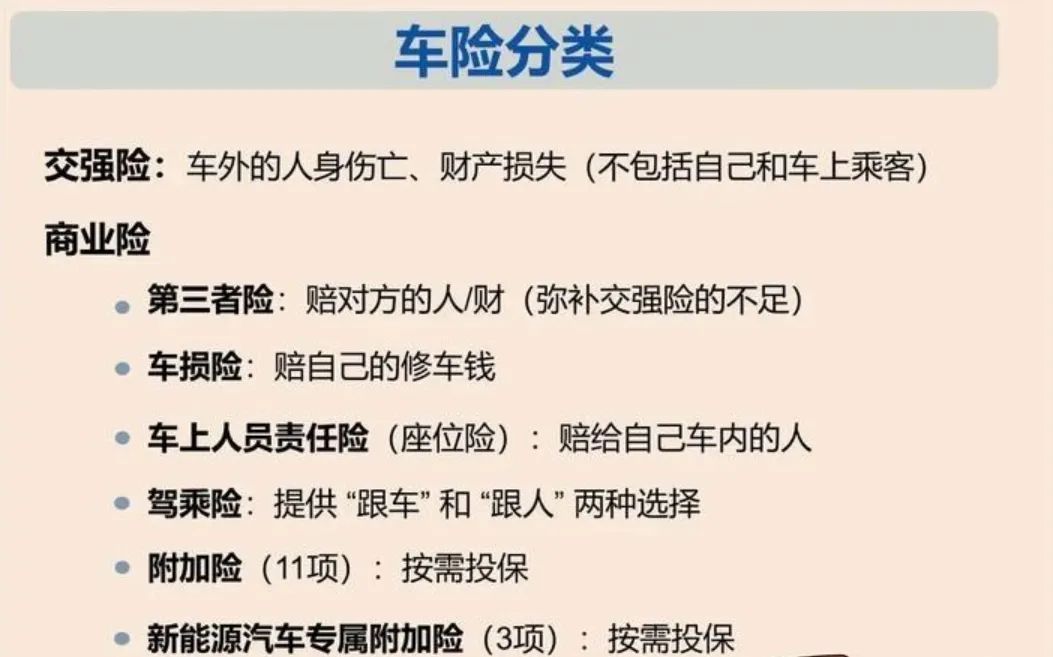
Essentially, any insurance is an automaker's risk-protection balancing act, but it's not a "risk-taking pass." When introducing such insurances, automakers must strengthen safety education, guide drivers on intelligent driving boundaries, and maintain high safety awareness.
More importantly, relevant authorities must act swiftly, not just by renaming terms. Liability division, data security, laws, and regulations all need improvement to better regulate automakers, insurance companies, and drivers.
Drivers meticulously choose insurance for their vehicles, aiming to minimize losses. Ultimately, every driver desires safe journeys. "Intelligent driving insurance" is just another insurance type; ideally, we should still firmly hold the steering wheel and control the vehicle.
Editor in charge: Shi Jie, Editor: Chen Xinnan








